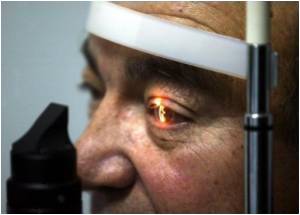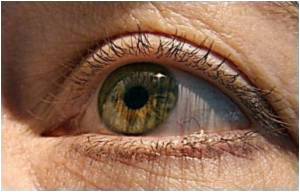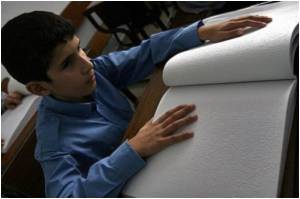A group of University of Southern California engineering researchers, including an Indian-origin scientist, have developed a robot vision-based mobility aid for visually impaired people

"There are many limitations to canes for the visually impaired, from low hanging branches to large objects. We wanted to build an effective system that would provide new opportunities for them," according to Gerard Medioni, a professor in the Institute for Robotics and Intelligent Systems at USC Viterbi.
Medioni and his colleagues, including James Weiland, a Viterbi School associate professor of biomedical engineering and Vivek Pradeep, a recent Viterbi Ph.D, have developed a software that "sees" the world, and linked it to a system that provides tactile messages to alert users about objects in their paths.
The system uses cameras worn on the head connected to PCs that use Simultaneous Localization and Mapping (SLAM) software to build maps of the environment and identify a safe path through obstacles.
This route information is conveyed to the user through a guide vest that includes four micro motors located on an individual's shoulder and waist that vibrate like cell phones.
The prototype of the system was presented at the 2011 meeting of Association for Research in Vision and Opthalmology May 1.
Advertisement















